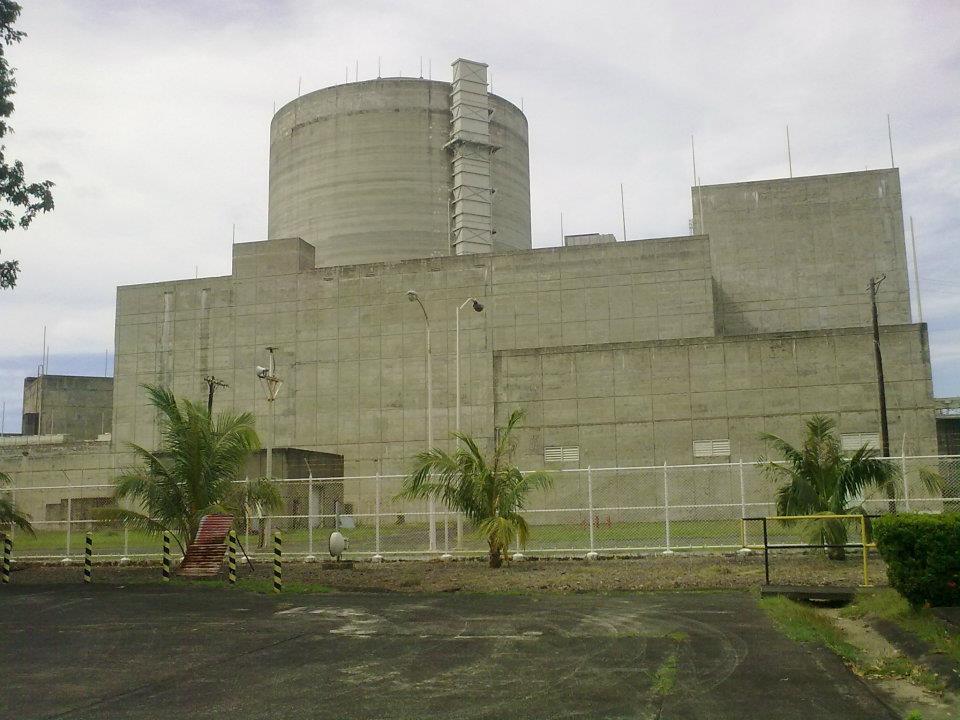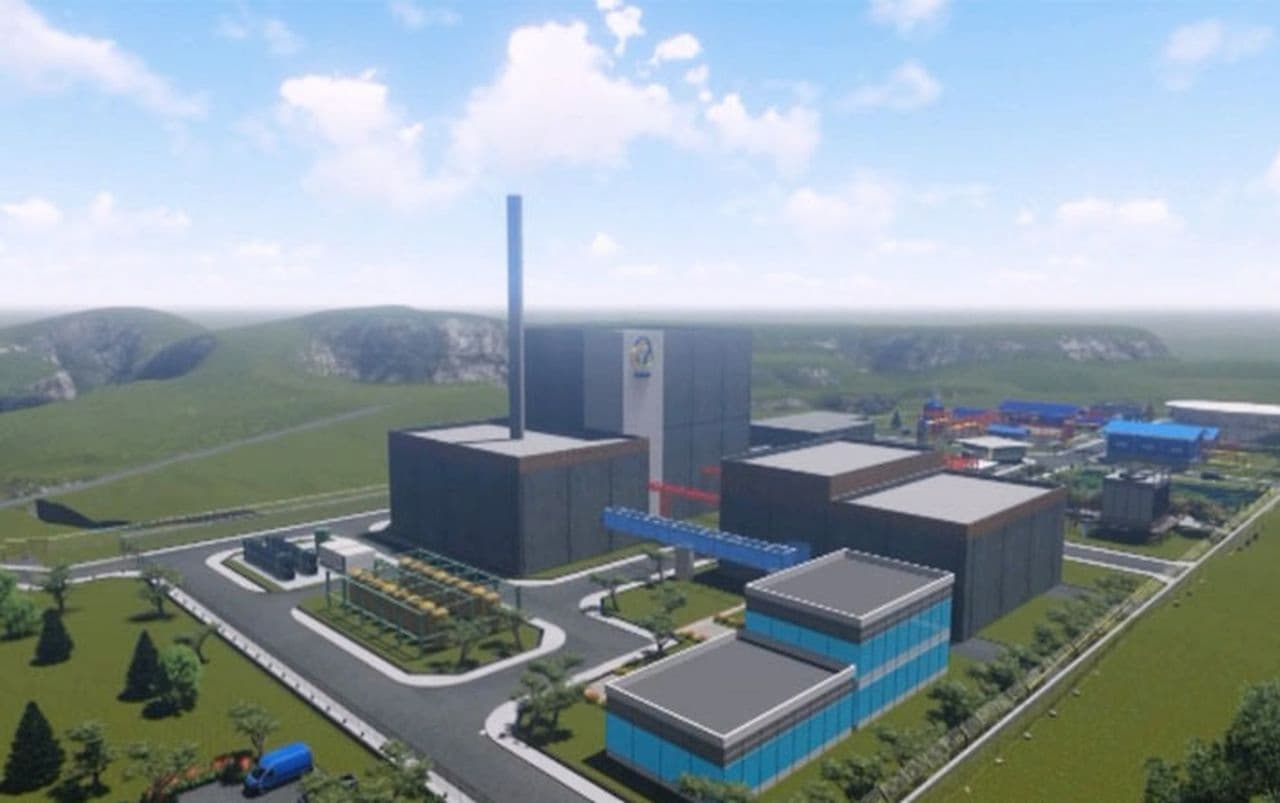
The Bataan Nuclear Power Plant in the Philippines, which has been idle since 1986, is now set to be revived under the President Marcos Jr. (Source: Wikimedia Commons)
While Taiwan has recently rekindled discussions on nuclear energy due to the pro-nuclear stance of new officials, Southeast Asian countries, though not yet utilizing nuclear power, view it as crucial for achieving net-zero emissions. Countries like Indonesia and Thailand have incorporated nuclear energy into their national power plans, and the Philippines has prioritized constructing the country's first nuclear power plant. Here’s a look at the latest developments in nuclear energy across these key nations.
Taiwan's second energy transition and growing support for nuclear energy
In Taiwan, the slow progress of renewable energy development and ongoing power shortages have brought the nuclear energy debate back to the forefront. Public acceptance of nuclear power has shifted, with a recent Taiwan Institute for Sustainable Energy (TAISE) poll showing that over 60% of Taiwanese citizens support using nuclear power as part of the 2050 net-zero strategy, an increase of 5.8 percentage points from last year.
Among those in favor, over half support activating the Lungmen Nuclear Power Plant, also known as the Fourth Nuclear Power Plant; 47% support extending the operation of the Maanshan Nuclear Power Plant, or the Third; and 41.3% back the reactivation of the Jinshan, the First Nuclear Power Plant, and the Kuosheng, the Second Nuclear Power Plant. This reflects a willingness to embrace nuclear energy to meet net-zero targets.
However, Taiwan's 2050 net-zero emissions pathway do not include nuclear energy as an option. President Lai's administration continues to uphold the "nuclear-free homeland" policy, aiming to phase out nuclear power by 2026 while accelerating the second energy transition to boost renewable energy development.
According to the Ministry of Economic Affairs' (MOEA) "2023 National Electricity Resources Supply and Demand Report," over 80% of Taiwan's electricity generation in 2023 relied on fossil fuels, with renewable energy accounting for only 9.5%. Similarly, Southeast Asian countries, which also rely heavily on coal, view nuclear energy as a key source for achieving low-carbon energy.
Indonesia: Advancing nuclear power amid renewable energy challenges
According to the International Energy Agency (IEA), coal-fired power accounts for 61% of Indonesia's electricity. Despite increasing renewable energy use, the country has struggled to meet its targets, standing at 13.1% of the energy mix in 2023, 4.8 percentage points below the goal. Consequently, Indonesia has revised its 2025 renewable energy target from 23% to between 17% and 19%.
To achieve its national net-zero target, Indonesia plans to start commercial nuclear power operations by 2032, significantly ahead of the initial 2039 timeline. With a planned capacity of 250 MW, the share of new and renewable energy is expected to reach 38%-41% by 2040. The Ministry of Energy and Mineral Resources (ESDM) has announced the inclusion of nuclear power in the 2033 National Electricity General Plan (RUKN), marking a crucial step towards establishing the country's first commercial nuclear power plant.
An IEA report highlights that a quarter of Indonesia's emission reduction targets will rely on currently non-commercialized technologies, with nuclear energy playing a key role, expected to contribute 5% to emission reductions by 2050.

Concept diagram of Indonesia’s experimental small modular nuclear reactor. (Source: National Nuclear Energy Agency of Indonesia)
Thailand: Integrating nuclear energy into national power plans
Thailand primarily relies on natural gas, which accounts for over 60% of its electricity generation. The country’s revised Power Development Plan (PDP) aims to manage electricity up to 2037, accelerating renewable energy capacity while considering nuclear power as an alternative energy source. Plans include constructing the first nuclear power plant and conducting feasibility studies on small modular reactors (SMRs).
A Thai official revealed in July that the new plan will direct the Electricity Generating Authority of Thailand (EGAT) to develop two SMRs with a maximum capacity of 300 MW each in sparsely populated areas of the northeast and south, aiming for operation by 2037.
In March, Thai President Srettha Thavisin discussed the viability of nuclear energy with U.S. Commerce Secretary Gina Raimondo, indicating possible technical support from the United States.
Historically, Thailand planned to build its first nuclear power plant in Chon Buri in the early 1970s, but high costs and construction delays halted the project. The 2011 Fukushima nuclear disaster further delayed nuclear development in Thailand and other Southeast Asian nations.
However, with rising electricity demands and depleting natural gas fields, nuclear power has resurfaced as a critical option for Thailand to achieve carbon neutrality by 2050 and net-zero emissions by 2065.
Philippines: Aiming for nuclear revival by 2032
Unlike Thailand and Indonesia, the Philippines is aggressively pursuing nuclear energy. President Marcos Jr. has pledged to reassess the feasibility of nuclear power, signing the 123 Agreement with the United States for civilian nuclear technology, positioning the Philippines as a nuclear power development base for the United States in Southeast Asia, and establishing a Nuclear Energy Program Coordinating Committee, with a goal to build the country’s first nuclear power plant.
The Philippines' first nuclear power plant, located in Bataan, was built in the 1980s but never activated due to the Chernobyl disaster and political changes.
Marcos Jr. aims to restart the Bataan plant, fulfilling his father's vision, though it would require an investment of $1 billion and 3-4 years of construction. Public communication is also necessary to gain support.
According to the Philippine energy plan, nuclear power capacity will gradually increase, with a target of at least 1,200 MW by 2032 and 4,800 MW by 2050, reducing the impact of renewable energy intermittency.
Energy Secretary Raphael Lotilla has indicated that, with proper safety measures in place, nuclear power will soon be available to the public.
Other Southeast Asian countries, like Vietnam and Malaysia, are also considering nuclear power as a path to net-zero emissions. However, safety and nuclear waste remain significant issues for opponents, which, coupled with the high costs and lengthy construction times, have made smaller, more affordable SMRs a focal point for Southeast Asian countries striving to balance net-zero targets with sustainable development.
Source: IEA, Tanahair, Bangkok Post, Nikkei Asia, Channel News Asia, PhilStar, Bernama, The Investor


